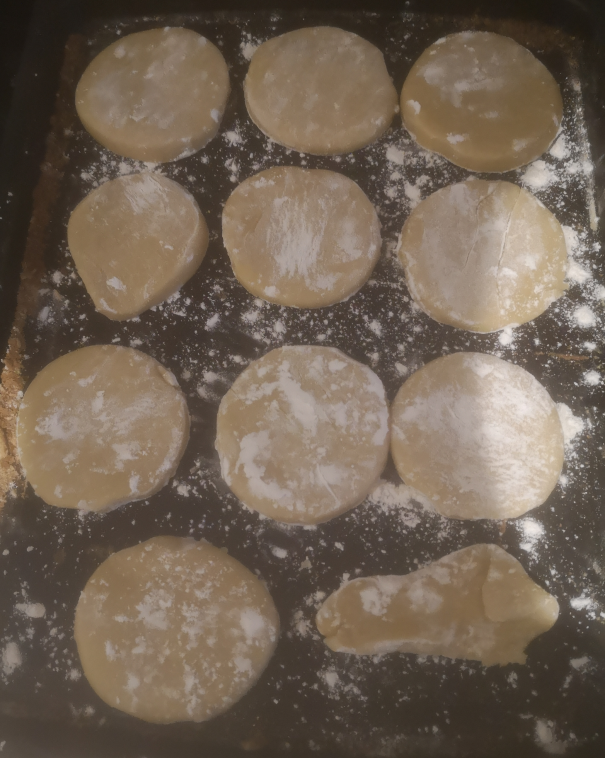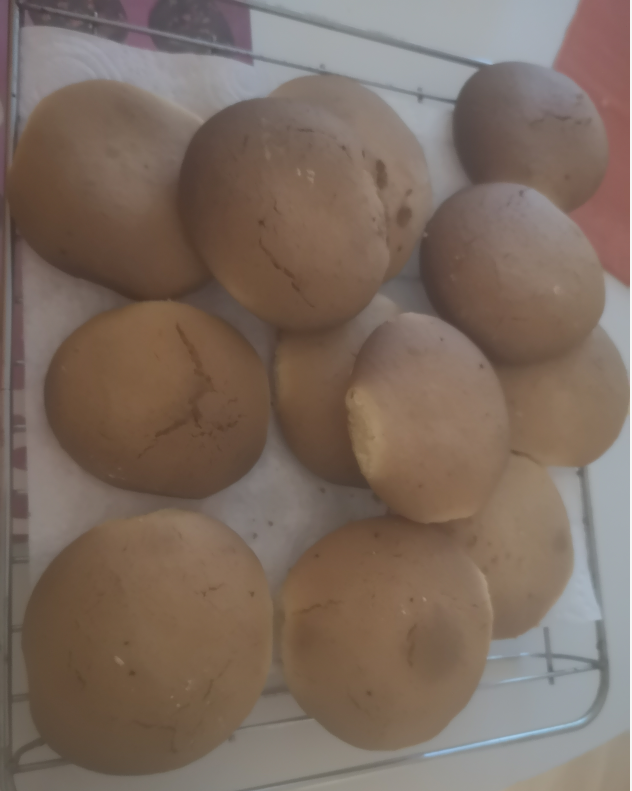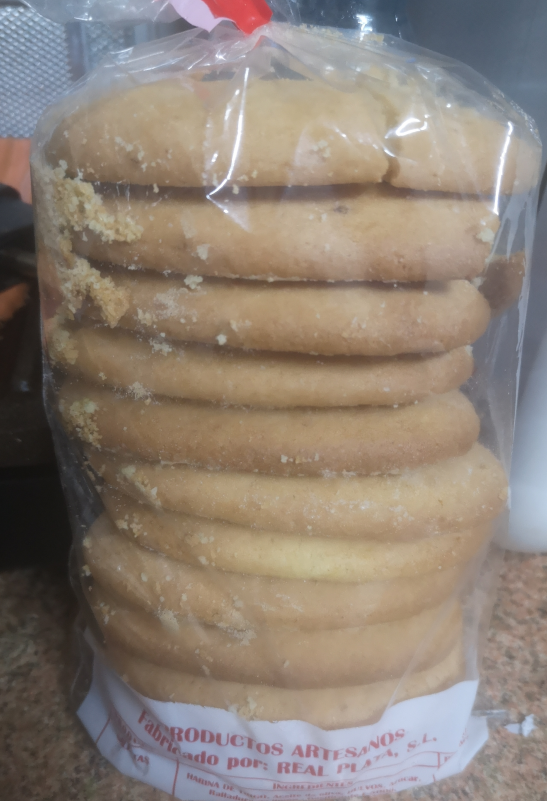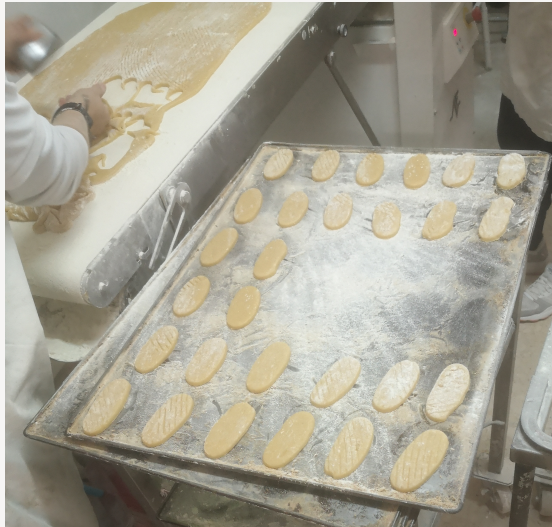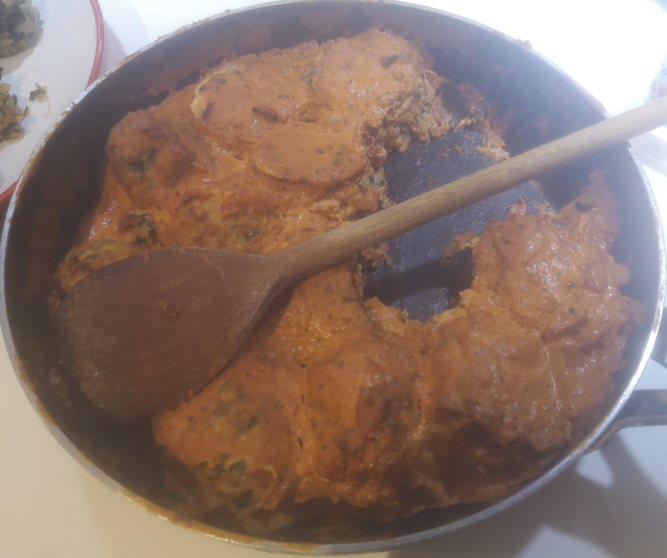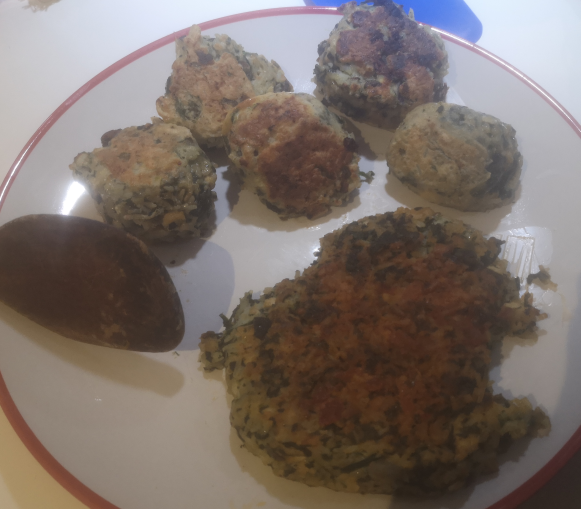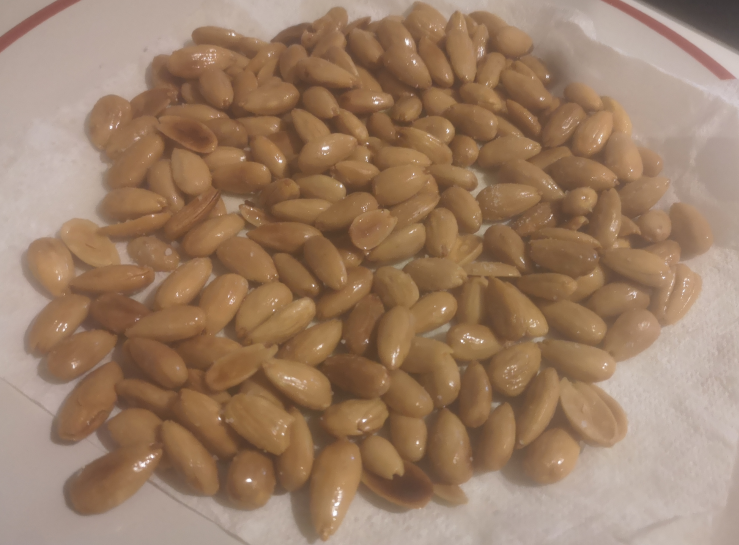I finished this book a couple of days ago. Very interesting. It is about how not linear or logical are philosophy, economics and life. About how we try to find logic/causality to everything. How history only teaches what we have only discovered. How we can’t predict properly, and much less financial market using Gaussian and Bayeasian models when these are non-linar systems, how we should run away from “experts”, how the academy is built in a status-quo that can’t be refreshed. It is intense, it touches a lot of subjects. And sometimes I feel I get it, and later on I am not sure. Examples like the turkey that is feed for 100 days, and very likely “thinks” that will last forever, until without knowing, Thanksgiving comes, are brilliant. Similar examples for Casanova (who survived any type of incident) and NYC (like Casanova but at city level).
A black swan is considered something very unlikely to happen that actually happens or similarly, that something very likely to happen, it doesnt.
The book was written in 2007 just before the 2008 financial meltdown so its attacks to the “risk” management can’t fit better.
It uses references from Daniel Kahneman who some years later wrote a great book about how we (badly) reason. And won a nobel prize in Economics… funny enough, that’s a prize who Nassim attacks a lot around the book. As well, I enjoyed the part regarding the application of chaos theory/fractals from Benoit Mandelbrot (that I read from his book) in the markets. He mentions many other authors like Karl Popper (whom I have never paid attention), Herni Poincare, etc. As well, he mentions Godel.
The entries about Skepticism and Empiricism are really great. From how started, how it is related to the black swans and how Medicine killed more people than cure them until not long ago. And when I was reading about Sextus Empiricus, I wasnt sure if he was joking, but I was really surprised by the discovery of this philosopher/physician.
I think I need to read it again.
